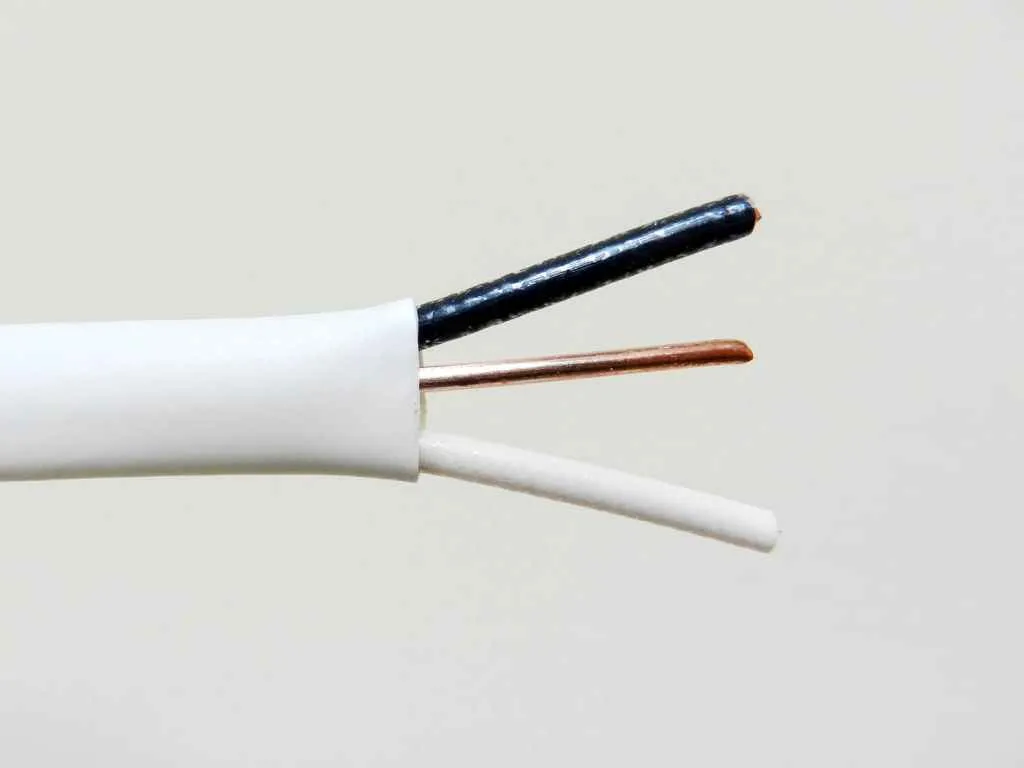Time: 2025-04-23 14:50:45 Source: Henan Province Jianyun Cable Co., Ltd.

14-2 Wire: A 14-2 wire, often NM-B (as discussed earlier), consists of two 14 AWG copper conductors (hot and neutral) plus a bare ground wire, encased in a PVC sheath. It’s rated for 15A at 120V, commonly used for house lighting circuits and outlets, capable of handling up to 1800W (120V × 15A). The “14” refers to the wire gauge, and “2” indicates the number of insulated conductors.
Low Voltage Lighting: This refers to lighting systems operating below 50V AC or 120V DC, typically 12V or 24V, as seen in landscape lighting, under-cabinet lights, or decorative setups. These systems use a transformer to step down 120V to the desired voltage, reducing shock risk and energy use, often powering LED lights (e.g., 5W per fixture).
Using 14-2 wire for low voltage lighting is like trying to use a garden hose for a small sprinkler system—it might work in some cases, but it’s not designed for the specific needs of the setup.
While 14-2 wire can technically carry low voltage current, it’s generally not the best choice for low voltage lighting due to several factors. Below is a table comparing 14-2 wire with typical low voltage lighting wire:
| Feature | 14-2 Wire (NM-B) | Low Voltage Lighting Wire |
|---|---|---|
| Voltage Rating | 120V (up to 600V) | 12V–24V |
| Current Capacity | 15A (1800W at 120V) | 5A–10A (60W–120W at 12V) |
| Insulation | PVC, indoor-rated | UV-resistant, direct burial |
| Environment | Indoor, dry | Outdoor, weather-exposed |
| Flexibility | Stiff, solid conductors | Flexible, stranded conductors |
Technical Feasibility: 14-2 wire can handle the low current of a 12V lighting system (e.g., 5A for 60W, well below its 15A capacity). Voltage drop is also manageable for short runs—e.g., a 50-foot run at 5A on 14 AWG has a drop of about 0.6V (5% at 12V), which is acceptable.
Challenges: NM-B 14-2 is designed for indoor, 120V AC use and lacks UV or moisture resistance for outdoor setups like landscape lighting. Its solid conductors are less flexible, making installation harder, and it’s overkill for low voltage (thicker than needed, increasing costs). Additionally, NEC Article 411 requires low voltage lighting systems to use listed cables suitable for the environment (e.g., direct burial for outdoor use), which NM-B typically isn’t.
Using 14-2 for low voltage lighting is like wearing heavy boots for a light jog—it can work, but it’s not the most practical or efficient choice, and it might not hold up in the right conditions.
For low voltage lighting, especially outdoor systems, specialized cables are recommended to ensure safety, durability, and performance:
Choosing the right wire for low voltage lighting is like picking the right tool for a job—a specialized, lighter tool (low voltage cable) works better than a heavy-duty one (14-2 NM-B) for the task, ensuring safety and efficiency.
While 14-2 wire can technically be used for low voltage lighting due to its current capacity, it’s not ideal because it’s designed for 120V indoor use, lacking the UV resistance, flexibility, and outdoor rating needed for systems like landscape lighting. Instead, use specialized low voltage cables (e.g., 16/2 or 14/2 direct burial) that are flexible, weather-resistant, and compliant with codes like NEC Article 411. Proper wire selection ensures safety, minimizes voltage drop, and enhances the longevity of low voltage lighting systems.